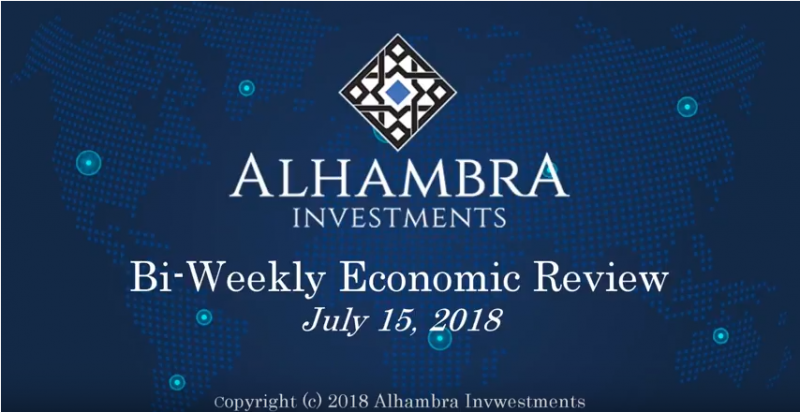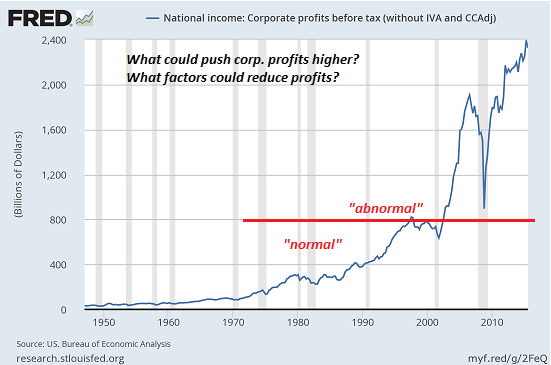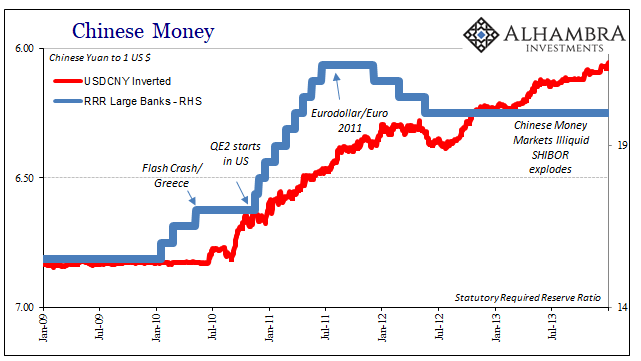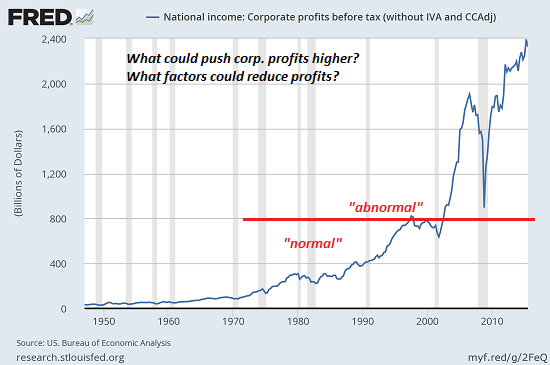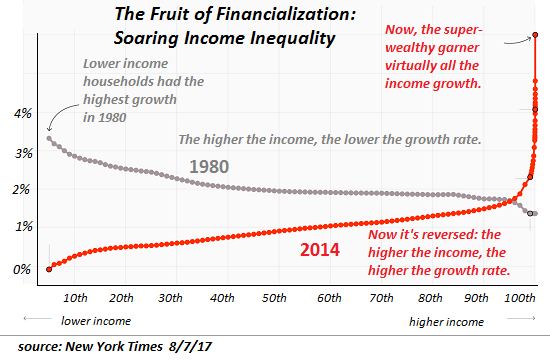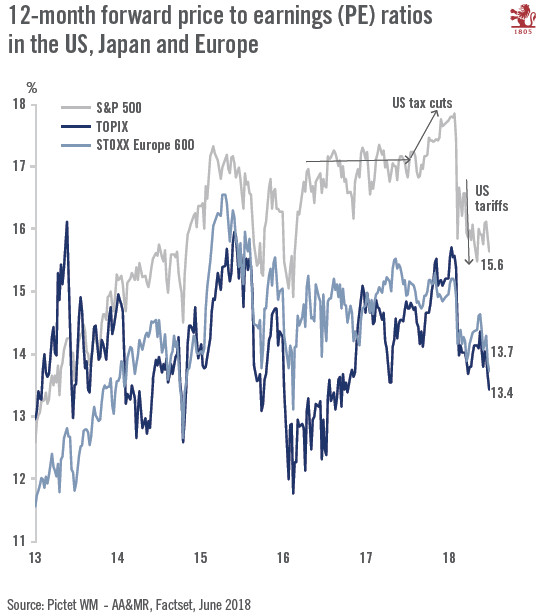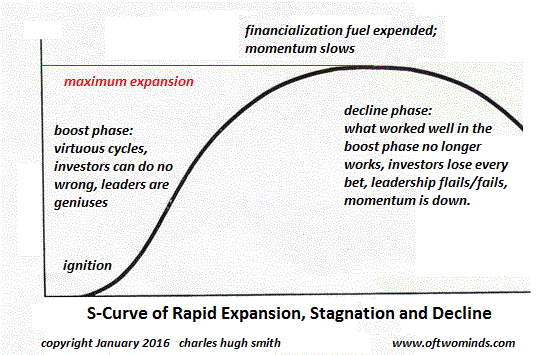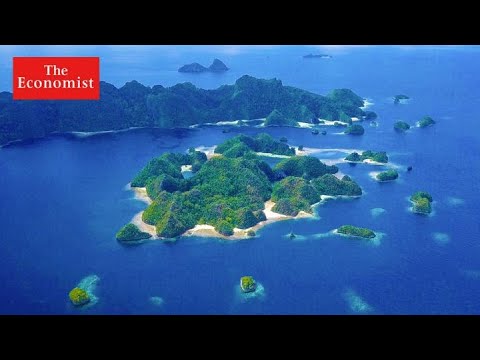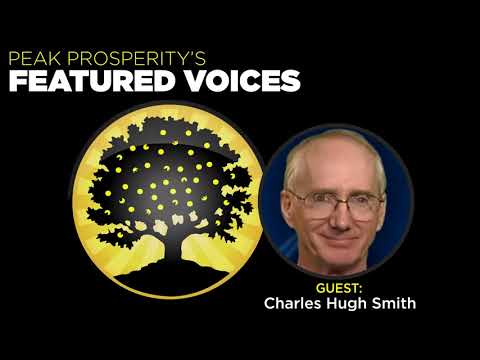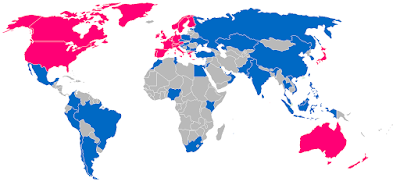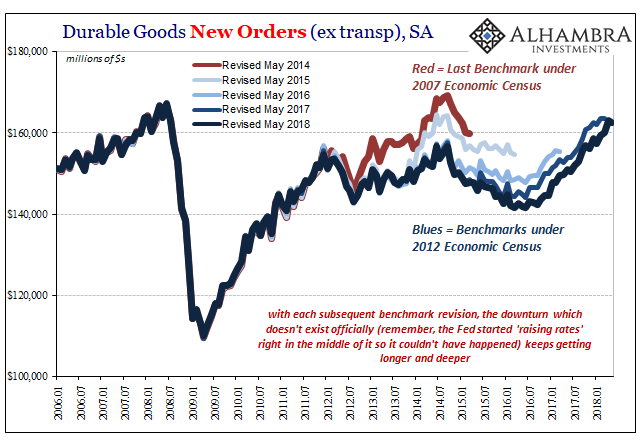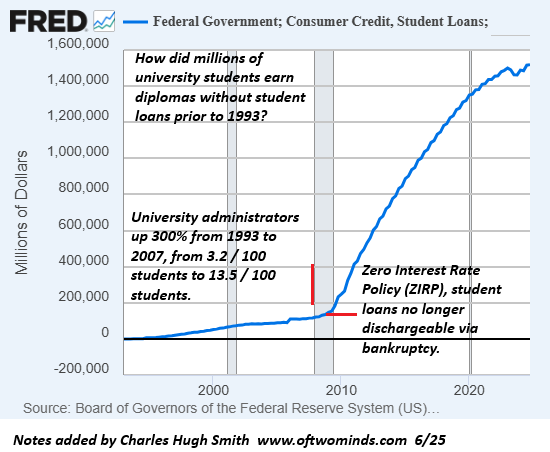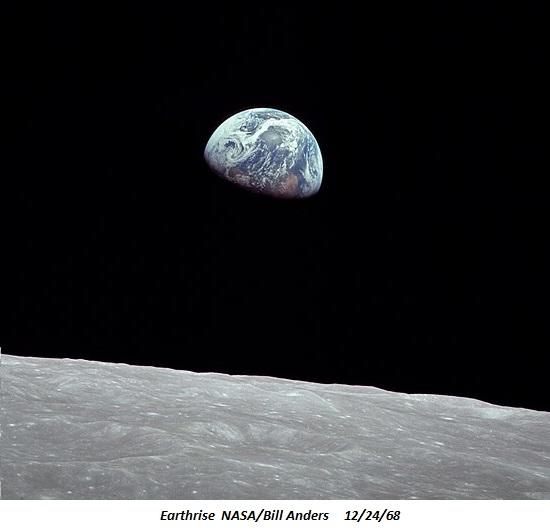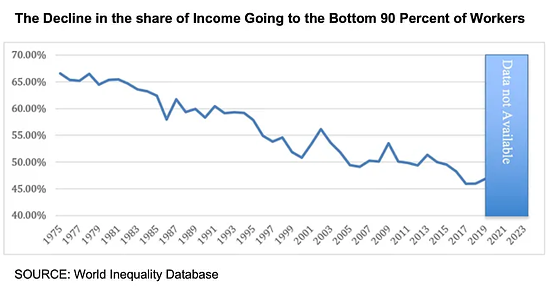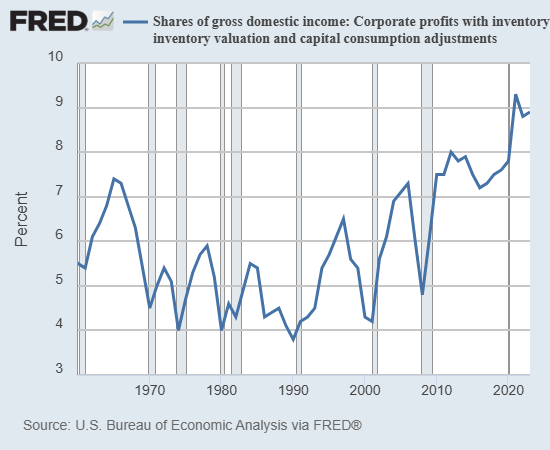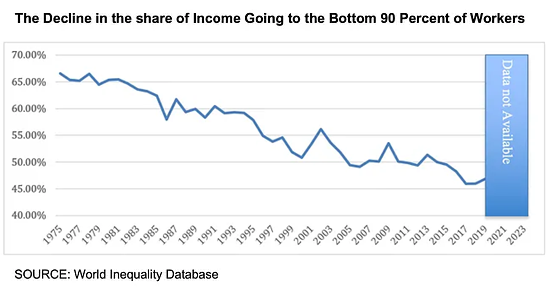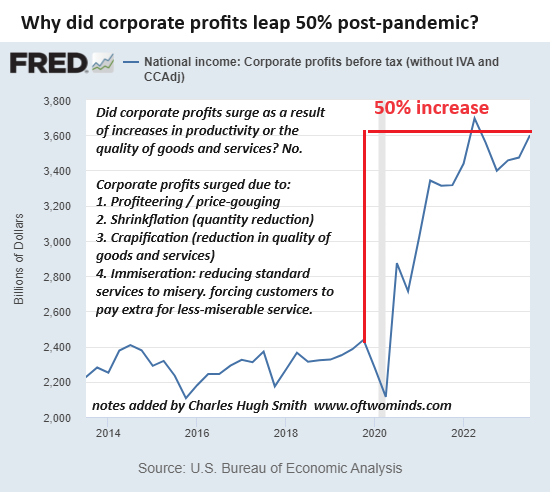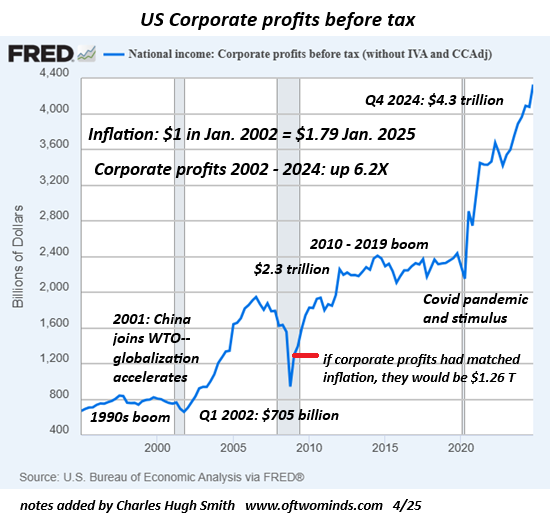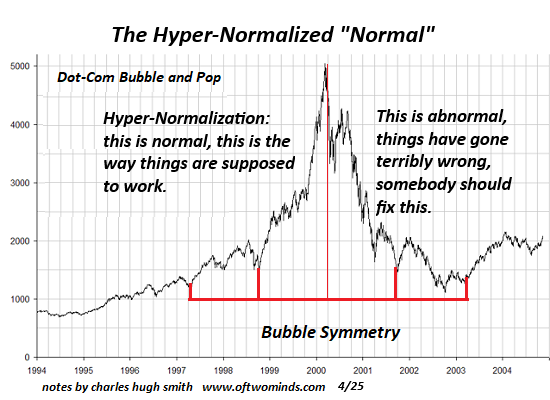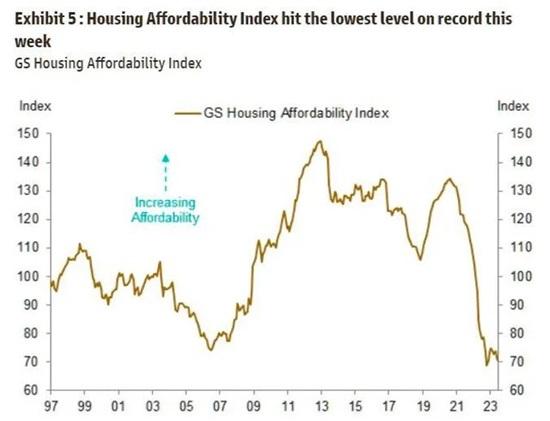Category Archive: 5) Global Macro
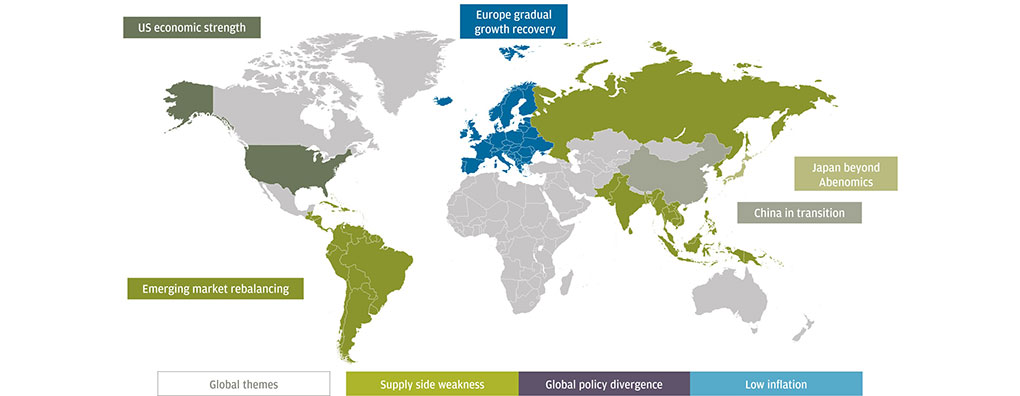
Buybacks Get All The Macro Hate, But What About Dividends?
When it comes to the stock market and the corporate cash flow condition, our attention is usually drawn to stock repurchases. With good reason. These controversial uses of scarce internal funds are traditionally argued along the lines of management teams identifying and correcting undervalued shares. History shows, conclusively, that hasn’t really been true.
Read More »
Read More »
Can Ramaphosa deliver Mandela’s dream? | The Economist
Nelson Mandela publicly backed Cyril Ramaphosa as his political successor. Twenty years later Mr Ramaphosa has finally become president. But can he deliver Mandela’s dream of a fairer South Africa? Daily Watch: mind-stretching short films throughout the working week. For more from Economist Films visit: https://econ.st/2upgjvH Check out The Economist’s full video catalogue: http://econ.st/20IehQk Like …
Read More »
Read More »
Will AI “Change the World” Or Simply Boost Profits?
The real battle isn't between a cartoonish vision or a dystopian nightmare--it's between decentralized ownership and control of these technologies and centralized ownership and control. The hype about artificial intelligence (AI) and its cousins Big Data and Machine Learning is ubiquitous, and largely unexamined. AI is going to change the world by freeing humankind from most of its labors, etc. etc. etc.
Read More »
Read More »
China’s Seven Years Disinflation
In early 2011, Chinese consumer prices were soaring. Despite an official government mandate for 3% CPI growth, the country’s main price measure started out the year close to 5% and by June was moving toward 7%. It seemed fitting for the time, no matter how uncomfortable it made PBOC officials. China was going to be growing rapidly even if the rest of the world couldn’t.
Read More »
Read More »
Women and the Saudi revolution | The Economist
Saudi Arabia is one of the most conservative countries in the world. But a social revolution has begun. The Economist’s editor, Zanny Minton Beddoes takes a road-trip around Riyadh to examine what a more moderate Saudi would mean for its women, and the rest of the world. Click here to subscribe to The Economist on …
Read More »
Read More »
We Are All Hostages of Corporate Profits
We're in the endgame of financialization and globalization, and it won't be pretty for all the hostages of corporate profits. Though you won't read about it in the mainstream corporate media, the nation is now hostage to outsized corporate profits. The economy and society at large are now totally dependent on soaring corporate profits and the speculative bubbles they fuel, and this renders us all hostages: Make a move to limit corporate profits or...
Read More »
Read More »
The USA Is Now a 3rd World Nation
I know it hurts, but the reality is painfully obvious: the USA is now a 3rd World nation. Dividing the Earth's nations into 1st, 2nd and 3rd world has fallen out of favor;apparently it offended sensibilities. It has been replaced by the politically correct developed and developing nations, a terminology which suggests all developing nations are on the pathway to developed-nation status.
Read More »
Read More »
House View, July 2018
On a tactical, rolling three-to-six-month basis, we are tilting away from a bullish to a neutral stance on developed-market equities as trade and political frictions are rising. That said, we remain more upbeat on their prospects after the summer.
Read More »
Read More »
The Gathering Storm
July 4th is an appropriate day to borrow Winston Churchill's the gathering storm to describe the existential crisis that will envelope America within the next decade. There is no single cause of the gathering storm; in complex systems, dynamics feed back into one another, and the sum of destabilizing disorder is greater than a simple sum of its parts.
Read More »
Read More »
Can eco-tourism help save the ocean? | The Economist
Indonesia’s Coral Triangle is one of the most biodiverse places on the planet, but destructive fishing practices are threatening ocean life. Meet the conservation pioneers who are reviving these waters—bringing species back from the brink of extinction. Click here to subscribe to The Economist on YouTube: https://econ.st/2zc9nHO Daily Watch: mind-stretching short films throughout the working …
Read More »
Read More »
Charles Hugh Smith Use Logic The Deal We Are At The End Of The Economic Cycle
All our reports and Daily Alert News are backed up by source links. We work very hard to bring you the facts and We research everything before presenting the report. Subscribe for Latest on Financial Crisis, Oil Price, Global Economic Collapse, Dollar Collapse, Gold, Silver, Bitcoin, Global Reset, New World Order, Economic Collapse, Economic News, …
Read More »
Read More »
US Vs China – Is It ‘Art Of The Deal’ Or Economic Warfare?
While monetary tightening remains the main risk for global stock markets, the threat of a trade war continues to dominate the headlines...
Read More »
Read More »
Charles Hugh Smith: We Desperately Need Shared Values, Connection & Positive Social Roles
Full description and comments at: https://www.peakprosperity.com/podcast/114151/charles-hugh-smith-we-desperately-need-shared-values-connection-positive-social-roles We’ve recently published a series of commentary on PeakProsperity.com addressing the epidemic of disconnection, dissatisfaction and demoralization that society is increasingly suffering from today: – Feeling Isolated? (...
Read More »
Read More »
How to revive public healthcare | The Economist
Britain’s National Health Service is facing unprecedented challenges—70 years after it was first created. Lord Ara Darzi is a world-leading surgeon and a former British health minister. This is his prescription for nursing the NHS back to health. Click here to subscribe to The Economist on YouTube: https://econ.st/2NlVzNZ Daily Watch: mind-stretching short films throughout the …
Read More »
Read More »
Emerging Market Preview: Week Ahead
EM FX ended Friday mixed, capping off a mostly softer week. TRY, MXN, and RUB were the top performers and the only ones up against USD, while ARS, CLP, and BRL were the worst. Looking ahead, US jobs data on Friday pose some risks to EM, coming on the heels of a higher than expected 2% y/y rise in PCE. China will also remain on the market’s radar screen, with the first snapshots of June economic activity just starting to emerge. We remain...
Read More »
Read More »
Emerging Markets: What Changed
PBOC fixed USD/CNY at the highest level since December 14. Bank Indonesia delivered a larger than expected 50 bp to 5.25%. Bulgarian Prime Minister Boyko Borissov survived a second no-confidence vote this year. Turkish President Recep Tayyip Erdogan was re-elected but with sweeping new powers. Saudi Arabia, Kuwait, and UAE are reportedly in talks to help stabilize Bahrain.
Read More »
Read More »
Revisiting The Revised Revisions
I missed durable goods last month for scheduling reasons, which was a shame given that May is the month each year for benchmark revisions to the series. Since new estimates under the latest revisions were released today, it seems an appropriate time to revisit the topic of data bias, and why that matters. What happens with durable goods (or any data for that matter, the process is largely the same) is that the Census Bureau conducts smaller surveys...
Read More »
Read More »
James Comey on emails, the “American giant” and the end of Donald Trump | The Economist Podcast
James Comey, former director of the FBI, spoke to Anne McElvoy, The Economist’s head of radio, for The Economist asks podcast. Timecoded chapters listed below: Chapter One – James Comey on border separations 00:40 Economist asks about family separation policy 01:41 Economist asks about Melania Trump’s fashion choice 03:11 Economist asks about President Trump’s moral …
Read More »
Read More »
Is match-fixing sports biggest threat? | The Economist
The beauty of sport is the unknown-anything can happen. But what if the contest is rigged? Match-fixing is a global criminal enterprise that is more prevalent than you may think. Click here to subscribe to The Economist on YouTube: https://econ.st/2tGuZ9h Daily Watch: mind-stretching short films throughout the working week. For more from Economist Films visit: …
Read More »
Read More »









